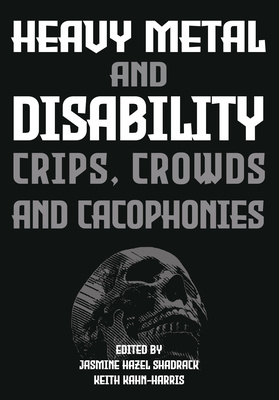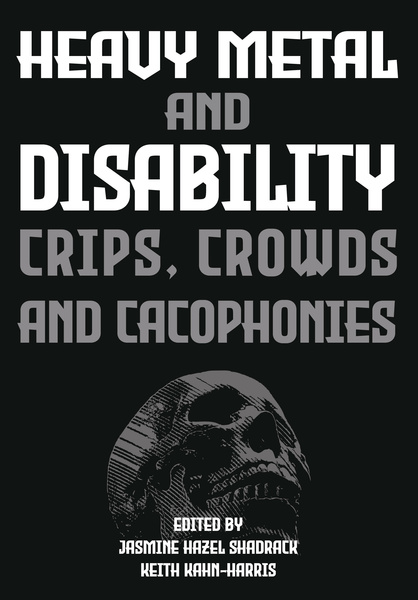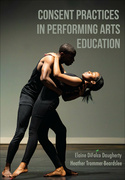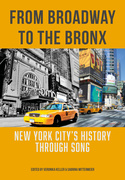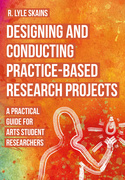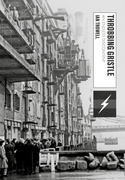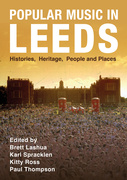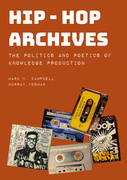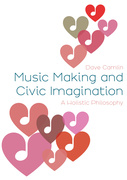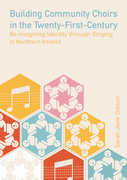Heavy Metal and Disability (Book)
Crips, Crowds, and Cacophonies
A groundbreaking collection that examines the relationship between heavy metal and disability. The authors, some of whom define themselves as disabled, discuss a wide range of issues, including how people with disabilities engage with metal as musicians, fans, and how heavy metal constructs the disabled body. 15 b&w illus.
Edition
The relationship between metal and disability is distinctive. Persisting across metal’s sub-genres is a preoccupation with exploring and questioning the boundary that divides the body that has agency from the body that has none. This boundary is one that is familiar to those for whom the agency of the body is an everyday matter of survival.
Metal’s preoccupation with unleashing and controlling sensorial overload acts both as an analogue of neurodiversity and as a space in which those who are neurodivergent find ways to understand and leverage their sensory capacities. Metal offers potent resources for the self-understanding of people with disabilities. It does not necessarily mean that this potential is always explored or that metal scenes are hospitable to those with disabilities. This collection is disability-positive, validating people with disabilities as different but not damaged.
While metal scholars who contribute to this collection see metal as a space of possibility, in which dis/ability and other intersectional identities can be validated and understood, the collection does not imply that the possibilities that metal affords are always actualised. This collection situates itself in a wider struggle to open up metal, challenging its power structures; a struggle in which metal studies has played a significant part.
Jasmine Hazel Shadrack is an adjunct professor at the Don Wright School of Music Composition and Research, at Western University, Canada. She is also a musician, composer, disability advocate and an extreme metal performer.
Keith Kahn-Harris is a sociologist and writer, based in London. He has been writing about metal since the 1990s, is the author of 'Extreme Metal: Music and Culture on the Edge' and co-editor of a number of collections.
Introduction
- ‘United We Never Shall Fall’: Metal and Disability
Esther Clinton and Jeremy Wallach
- Resonant Forms: Autistic Hearing and Heavy Metal Aesthetics
Jon W. Fessenden
- Fools Gather ‘Round to Watch Me Bleed: Disability, Isolation, and Participation in Metal’s Communities of Aesthetic Practice
Rebecca Jiggens and Jasmine Hazel Shadrack
- Disabled Drone: Trans-Feminist Noisecraft
Steff Juniper
- The Psychology of Metal Music, Culture, and Dis/Ability
Kyle J. Messick
- Neurodiversity and Heavy Metal Music
Kate Quinn and Samantha Barton
- Dis-ruptions: Heavy Metal Appropriations of Disability in Media
Eric Smialek and Samantha Bassler
- Stimming in the Pit: How Autistic Heavy Metal Fans Have Remained Unseen
Vik J. Squires
- The Bone Ballet: An Examination in the Intersectionality of Metal, Ballet, and Disability
Dawn States
- Dis/Abling Narratives of Indigenous Bodies through Decolonial Metal Music in Latin America
Nelson Varas Díaz and Daniel Nevárez Araújo
- Goth Subculture, Neurodivergence, and the Dark Power of Changeling Narratives
Kayley Whalen
Notes on Contributors

